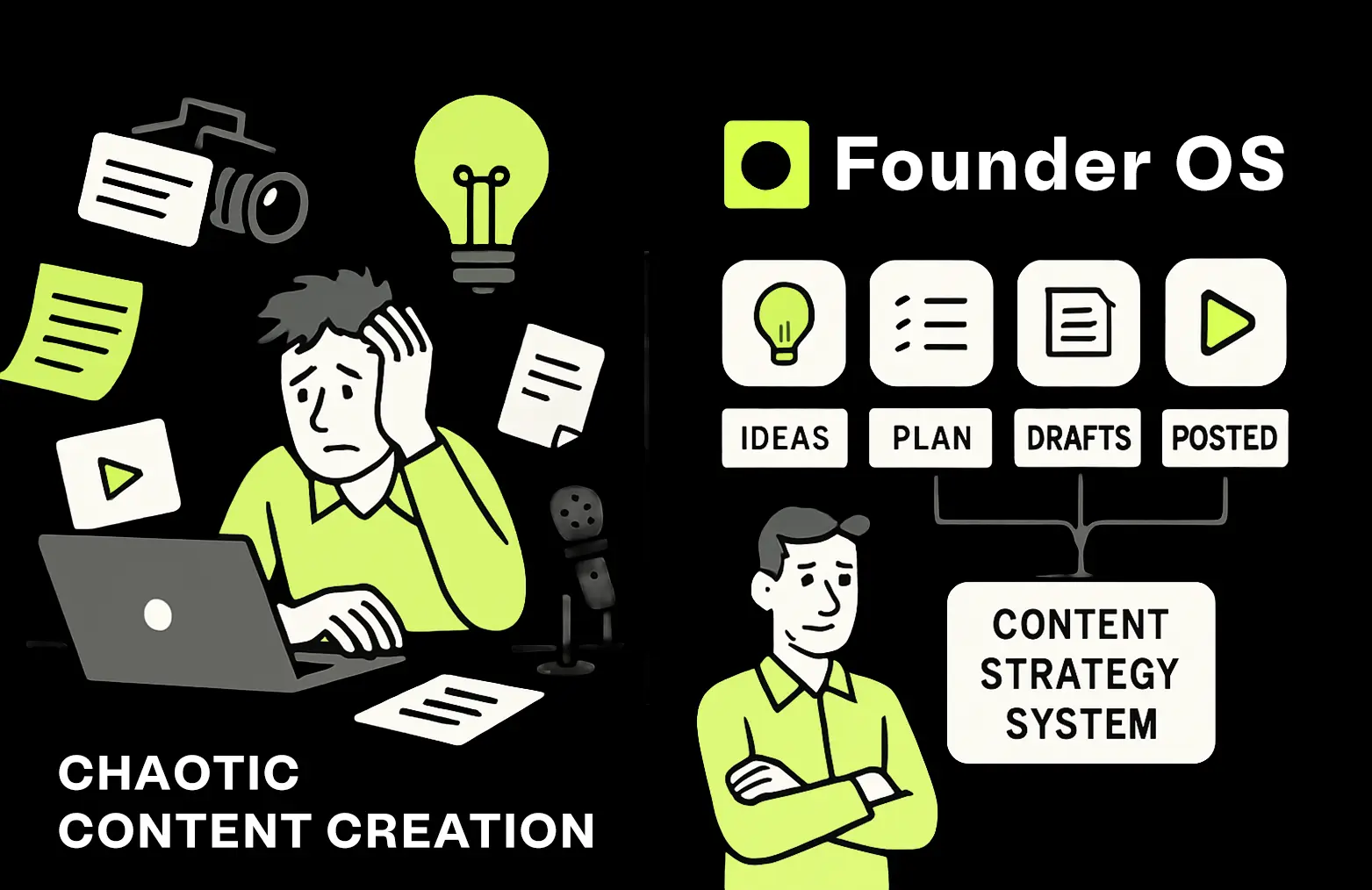What Is Digital Content?

Digital content is how we communicate with one another today. Basically, it's anything that's shared online and viewed publicly. Think text, images, videos, and audio on websites, social media, and more stuff like that.
The old-school traditional content was all about newspapers, magazines, and ads that you could physically touch. Digital content is different. It can go anywhere in the world in an instant. For example, instead of a billboard or TV ad, you could have a cool social media post or a helpful blog that anyone around the world can access with just a few clicks.
But that’s not the only key difference. Switching from physical to digital isn't just about where the content goes. It's about how people use it. In the modern era, your audience can react to digital content in real time, share it, and give feedback. Such a level of direct interaction is pure gold for businesses. They can see what their audience likes almost immediately and tailor their content to match.
With power like that, it isn’t hard to see why digital content is such a big deal in today's tech-driven world. It's the backbone of content marketing strategies across a wide variety of popular industries. It’s what drives people to websites and boosts search engine rankings with SEO-optimized articles and keywords.
Not only that, but it also helps businesses grow their brand, show off their products or services, and build trust with potential customers. High-quality digital content can make a brand instantly stand out within a densely crowded market and reach a wider audience. Remember, it’s not just about selling something; it's about offering legitimate value to your audience.
In short, digital content is a must-have for any business in today's online world. It breaks the limits of old-school media and helps to boost the effectiveness of marketing strategies. It's a key player in the growth and overall success of businesses. As we explore the types and examples of digital content, it's clear that mastering digital content creation and marketing is key for any business looking to the future. So, let’s get into it.





.webp)


